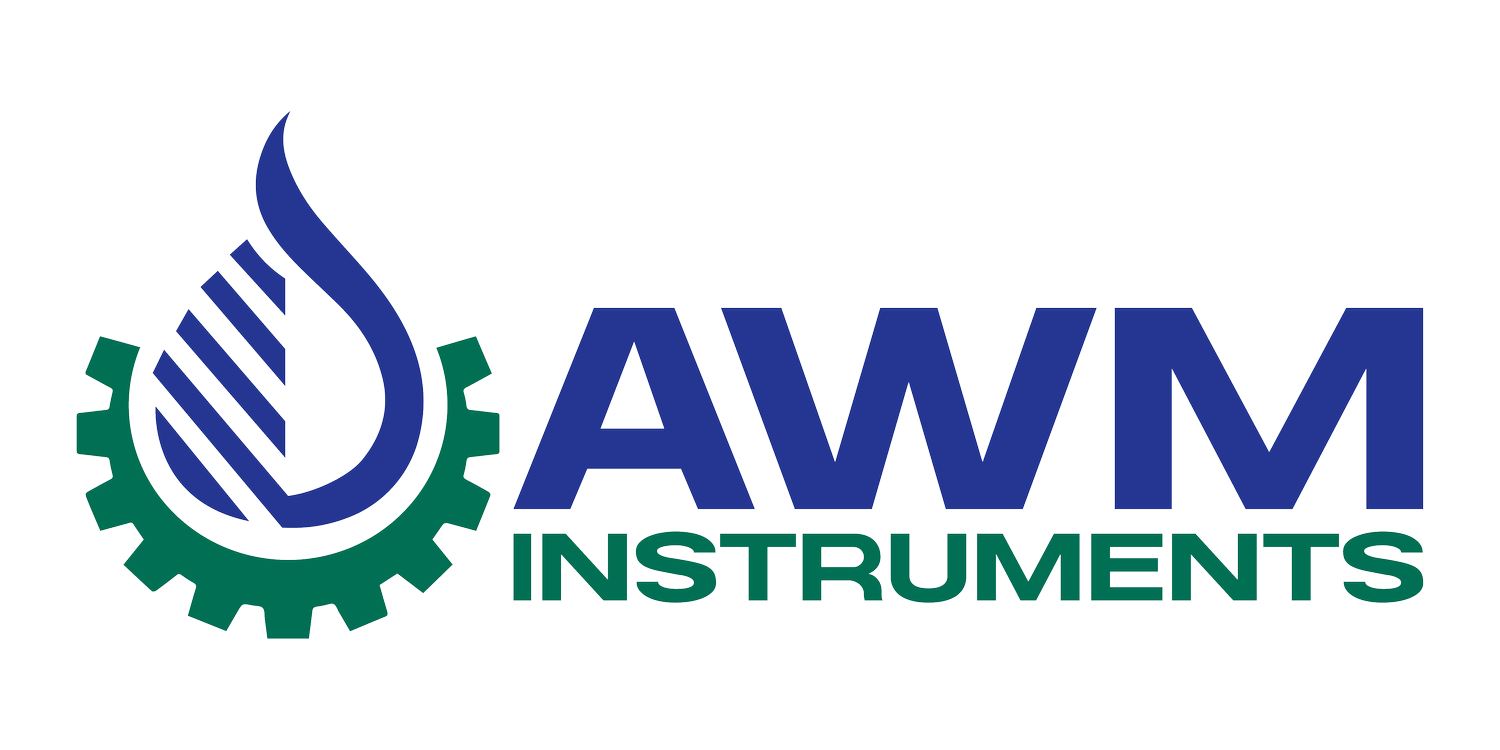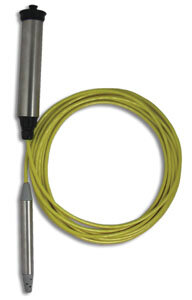FL16 Open Channel Flow Logger
Brand: Global Water
The FL16 open channel flow logger can be used in a variety of open channel applications including.
Flow & Infiltration Studies (I&I)
Sewer and drainage pipes
Stormwater
Surface water
Wastewater
No confined space entry required for sensor deployment
Compact, self-powered, and easy to use
0-3ft Non-Fouling Submersible Pressure Transducer
(Please contact us to order this product)
-
The FL16 Water Flow Logger revolutionizes flow data collection for applications such as inflow & infiltration studies, stormwater and wastewater collection systems, open channels, and a host of other gravity flow systems.
The FL16 Water Flow Loggers will record over 81,000 depth, temperature, water flow, and velocity readings in sewer and drainage pipes, as well as other open channel applications such as flumes, weirs, and square channels.
The specially engineered, non-fouling, water level sensor works in depths as little as ½ inch and allows for deployment in manholes and other difficult to access areas without the need to enter the confined space.
This depth-to-flow Water Flow Logger’s vented water flow sensor is fully encapsulated with marine-grade epoxy.
The water flow sensor’s electronics are encapsulated so moisture will never leak in through O-ring seals or work its way into the vent tube and cause drift or sensor failure. The vent tube is sealed directly to the wet-wet sensing element.
FL16 Water Flow Logger’s user-friendly Windows-based software is tailored specifically for calculating water flows in partially filled sewer and drainage pipes using the Manning’s Equation, with pull-down menus for selecting and entering the necessary information.
The Water Flow Logger software has a unique calibration feature that allows users to view calculated water velocity, compare this to actual measured data, and adjust the water flow parameters to calibrate for the water flow conditions of a specific application.
Water flow equations for over 40 standard flumes and weirs are provided, as well as user-definable custom lookup tables which can be used to convert water level to flow for virtually any application
-
FL16 Water Flow LoggersMemory: Non-volatile flash memory
Power: Two 9VDC Alkaline Batteries
Battery Life: Up to 1 year (depending on recording intervals)
Resolution: 12 bit
Moisture Protection: Silicon coating (prevents damage to electronics from condensation)
Temperature: -40° to +185°F (-40° to +85°C)Humidity: 0-95% non-condensing
Storage Capacity: 81,759 time and date stamped data points including battery voltage
Sample Modes: High Speed (10 samples per second), Fixed Interval (Programmable from 1 sec to >1 year), Logarithmic, Exception
Data Overwrite: Select memory wrap or unwrap (unwrap will stop logging data once memory is full)
Clock: Synchronizes to the time and date of user's computerClock Accuracy: 0.0025% or 1 minute in 1 monthClock Format: Month/Day/Year Hour/Minute/SecondEnclosure: 1-7/8 inch dia x 11-1/2 inch length (fits inside a 2 inch well), stainless steel UV protected PVC vented for barometric pressure compensationWeight: 1.6 lbs (0.7 kg) (with battery and 25 ft cable)Communication Port: FL16U: USB Type B Selectable Baud Rates: 9600,19200,28800,38400,57600,115200
What is Inflow and Infiltration?
Inflow and infiltration or I & I are terms used to describe the ways that groundwater and stormwater enter into dedicated wastewater or sanitary sewer systems. Dedicated wastewater or sanitary sewers are created from pipes located in the street or on easements that are designed strictly to transport wastewater from sanitary fixtures inside your house or place of business. Sanitary fixtures include toilets, sinks, bathtubs, showers, and lavatories.
Inflow is stormwater that enters into sanitary sewer systems at points of direct connection to the systems. Various sources contribute to the inflow, including footing/foundation drains, roof drains or leaders, downspouts, drains from window wells, outdoor basement stairwells, drains from driveways, groundwater/basement sump pumps, and even streams. These sources are typically improperly or illegally connected to sanitary sewer systems, via either direct connections or discharge into sinks or tubs that are directly connected to the sewer system. An improper connection lets water from sources other than sanitary fixtures and drains to enter the sanitary sewer system. That water should be entering the stormwater sewer system or allowed to soak into the ground without entering the sanitary sewer system.
Improper connections can be made in either residential homes or businesses and can contribute a significant amount of water to sanitary sewer systems. Eight-inch sanitary sewer pipes can adequately move the domestic wastewater flow from up to 200 homes, but only eight sump pumps operating at full capacity or six homes with downspouts connected to the sanitary sewer pipe will overload the capacity of the same eight-inch sewer pipes. A single sump pump can contribute over 7,000 gallons of water to sanitary sewer systems in a 24 hour period, the equivalent of the average daily flow from 26 homes.
Infiltration is groundwater that enters sanitary sewer systems through cracks and/or leaks in the sanitary sewer pipes. Cracks or leaks in sanitary sewer pipes or manholes may be caused by age-related deterioration, loose joints, poor design, installation or maintenance errors, damage or root infiltration. Groundwater can enter these cracks or leaks wherever sanitary sewer systems lie beneath water tables or the soil above the sewer systems becomes saturated. Often sewer pipes are installed beneath creeks or streams because they are the lowest point in the area and it is more expensive to install the pipe systems beneath a roadway. These sewer pipes are especially susceptible to infiltration when they crack or break and have been known to drain entire streams into sanitary sewer systems. Average sewer pipes are designed to last about 20-50 years, depending on what type of material is used. Often sanitary sewer system pipes along with the lateral pipes attached to households and businesses have gone much longer without inspection or repair and are likely to be cracked or damaged.


